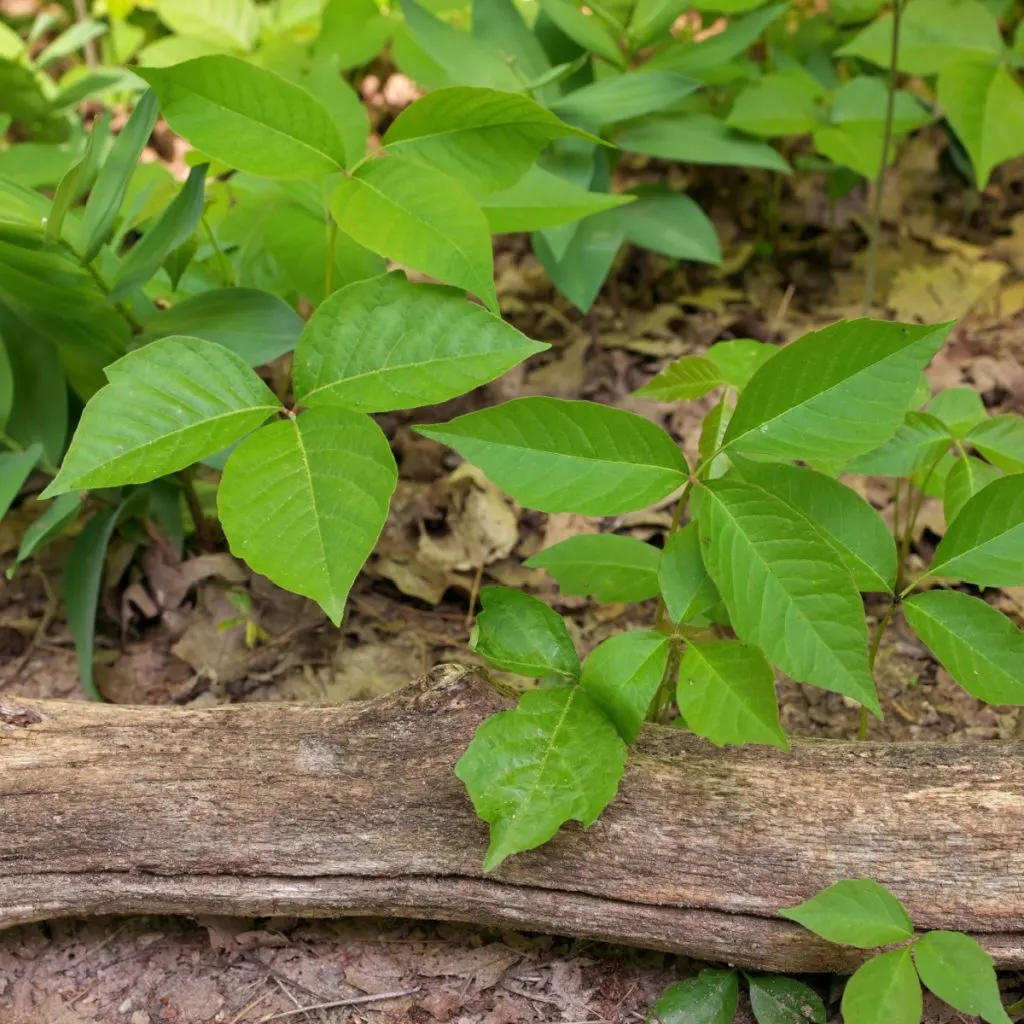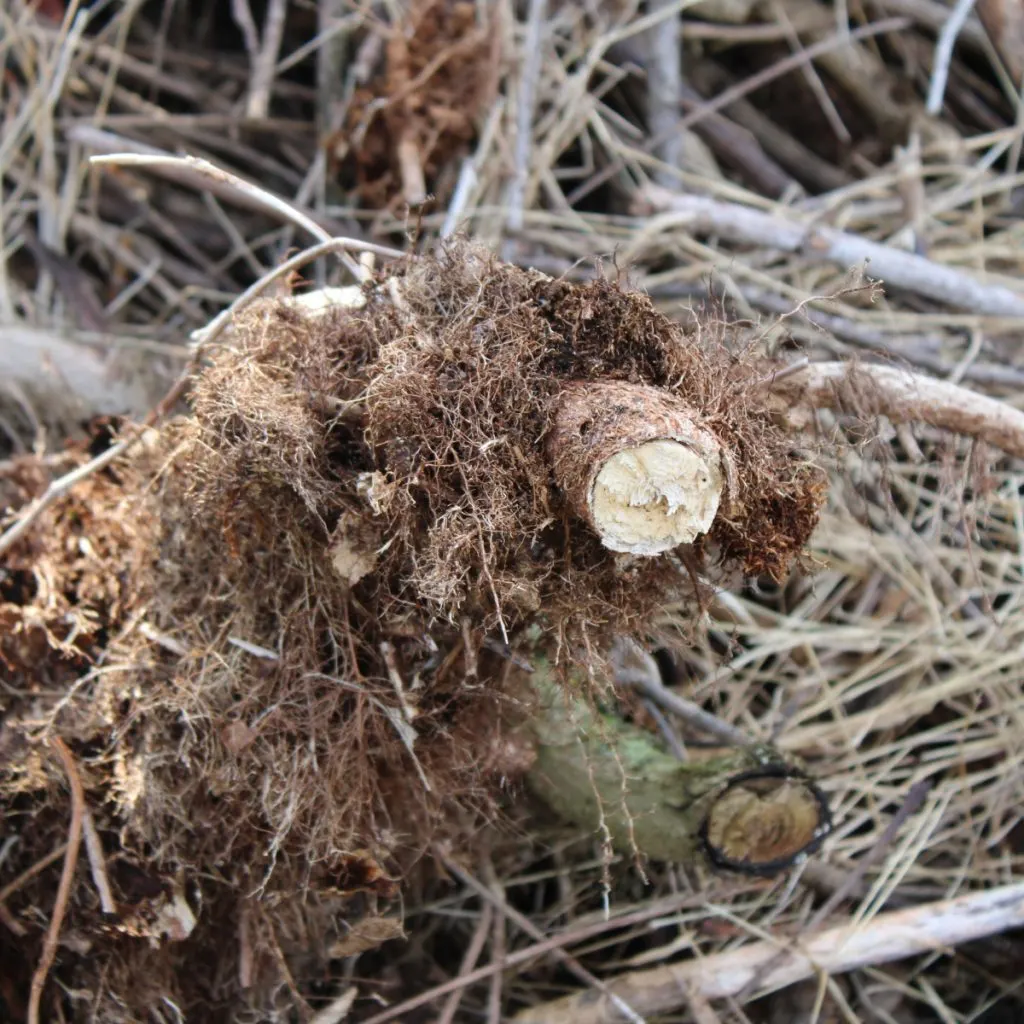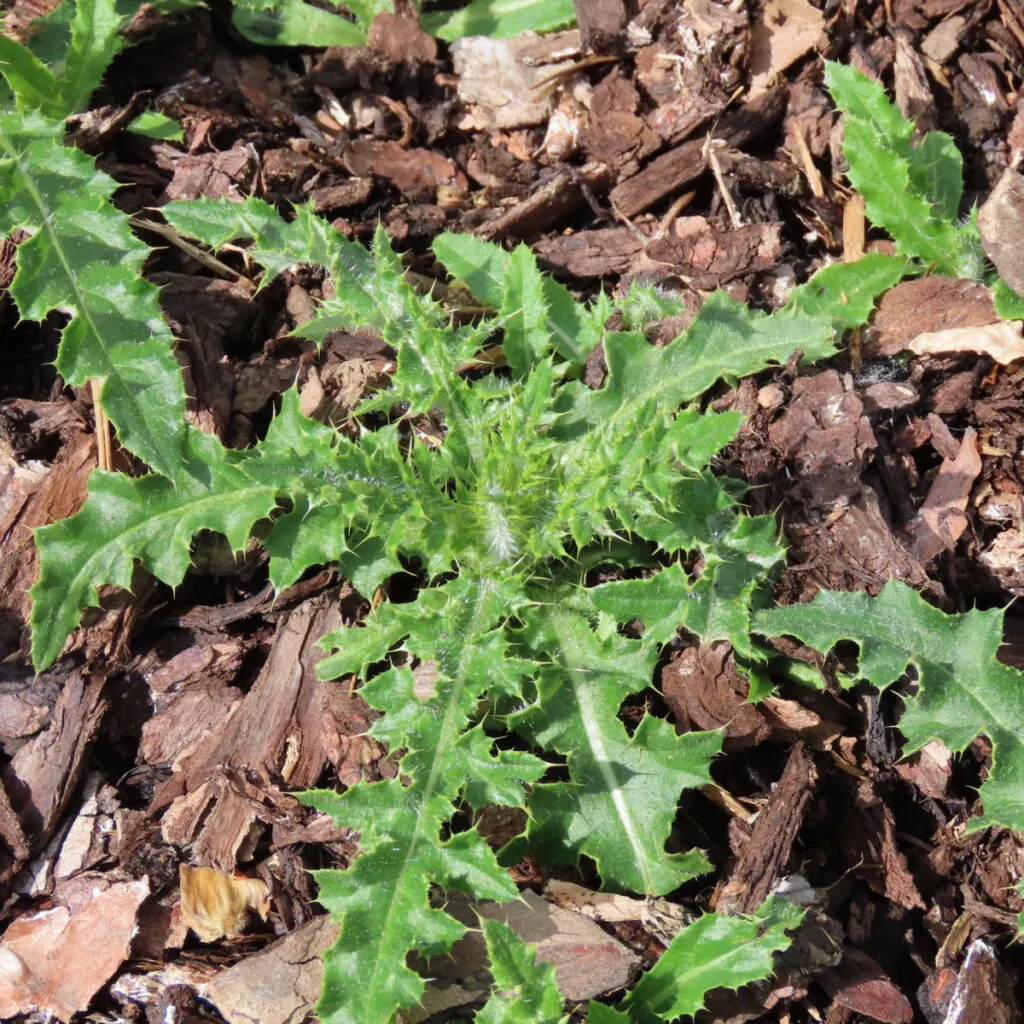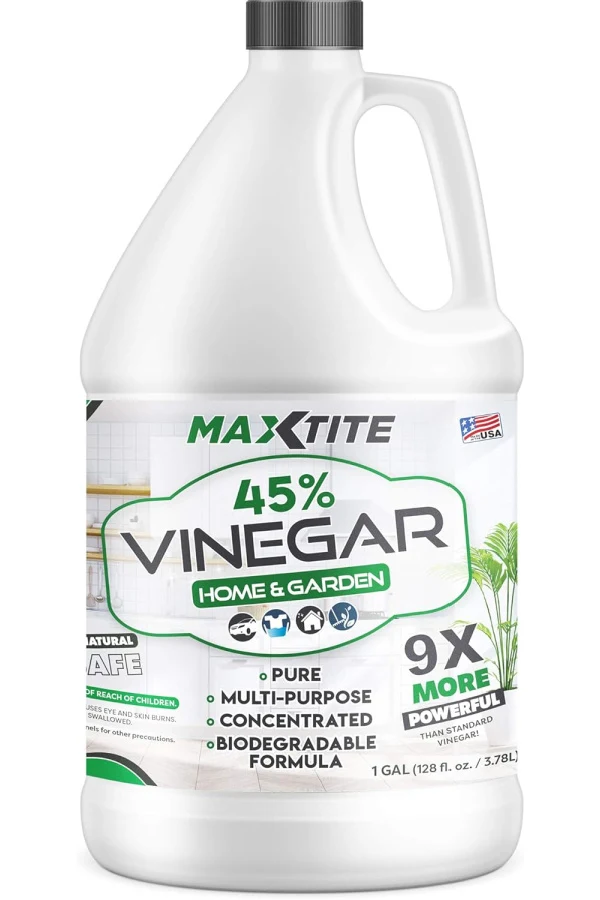Believe it or not – there are actually a few incredibly effective methods to kill poison ivy plants in your flowerbeds, lawn and landscape – without having to resort to harsh commercial sprays that can be dangerous to children, pets, other plants – and you!
Poison ivy can pop up anywhere. Although many think of coming in contact with the dangerous plant while hiking or in woodland settings, poison ivy can appear and grow quite easily in residential flowerbeds, garden, lawns and more. And once it does, it can spread like wildfire!
Poison ivy is a fellow member of the Sumac family of plants. Along with its close relatives poison oak and sumac, the three are known for the red, itchy and painful rashes they can cause when they come in contact with human skin.

One thing is for sure, no matter where it’s found, it can be quite the painful experience for those unlucky enough to be allergic to it’s toxic resin. And even more – extremely dangerous for those who happen to be highly allergic to it!
The Danger Of Poison Ivy – 3 Simple & Safe Ways To Kill Poison Ivy Plants
Contrary to popular belief, you can get poison ivy by coming in contact not just with its leaves, but with any and all parts of the plant – and at any time of the year.
It is not the actual foliage of poison ivy that causes an issue with humans. Instead, it’s the resin that lies within the leaves, stems and roots of the plant that cause the painful burning and itching.
There is a slight percentage of the population that is immune to the resin. For these lucky folks, no amount of exposure to the plants’ leaves, roots or stems will harm them. But for the large majority, poison ivy can and does cause serious bouts of rashes and itching – which is exactly why getting it out of your yard is so important!

Unfortunately, it’s not an easy plant to kill off. The deep roots of poison ivy can range far and wide – and as they do, they can spur new plants as well. The good news? With a few tried and true all natural methods, you can get rid of the plants from your landscape. And for good!
3 Simple & Safe Ways To Kill Poison Ivy Plants – For Good!
#1 Salt & Vinegar Spray
When it comes to homemade sprays, there are a couple of great options that do wonders for eliminating poison ivy – one is a mix of regular vinegar and salt, the other is using a solution of high strength (industrial or horticultural) vinegar. Deciding which spray to use really comes down to the severity of your problem.
The first spray is made up of two common household items that most gardeners usually have on hand – regular vinegar and salt.
This spray is highly effective for smaller or young poison ivy plants that do not have massive or extensive roots – which is usually the case for poison ivy growing in gardens and flowerbeds. In fact, for most poison ivy situations, this mix will do the trick!
To make, start by mixing two cups of table or kosher salt with 1/2 gallon of water. Next, add in 1/2 of a gallon of store bought (5%) vinegar. It can be apple cider or regular white vinegar. To finish the mix, add a few drops of mild liquid dish soap. This will help the mixture stick to the leaves of the ivy as you spray.

At just 5% acidity, the household vinegar is still strong enough to knock out most poison ivy plants. Especially with the addition of the salt. The acid in the vinegar and the caustic power of the salt work together to kill off the ivy when applied to the foliage.
How To Apply – 3 Simple & Safe Ways To Kill Poison Ivy Plants
Apply the spray with a hand held sprayer. This is great for spot spraying plants in flowerbeds or a garden setting. For large areas, you can use a large pump or backpack sprayer. Coat the leaves of the ivy thoroughly when spraying.
You should begin to see the plant die off within a few days. To increase effectiveness, apply the mix during the heat of the day when the sun is in full force. You may need to apply a few times (every 2 to 3 days) to kill the roots and the entire plant.
It’s important to note that this spray will kill any foliage it touches. With that in mind, be careful not to spray the foliage of annuals and perennials nearby. It is safe, however to use on ivy growing up on larger trees. The mix is not strong enough to harm large trees or bushes.
#2 Pure Horticultural Vinegar – 3 Simple & Safe Ways To Kill Poison Ivy Plants
Horticultural vinegar is created at a much higher strength than vinegar found on store shelves. Instead of the usual 5% acidity, its acidity is usually in the range of 30 to 45%. At this high strength, the acid quickly kills off ivy and its roots.
This is best to use for large areas of poison ivy or for extremely stubborn roots that continue to come back. Use the vinegar at full strength for maximum effectiveness. Product Affiliate Link: MaxTite 45% Strength Pure Concentrated Vinegar for Home & Garden
Remember that vinegar is an acid, so it is important to always wear protective eye and hand protection. It can burn both the skin and eyes when it comes in contact, so use with caution. Especially when dealing with high strength vinegar.
To increase effectiveness, you can add 1 cup of salt to 3 cups of high strength vinegar. This is best if you have severe poison ivy plant problems. In most cases, however, the pure strength of the higher vinegar acidity will be more than enough to take care of plants.
Again, like the salt and vinegar solution above, it will kill off any tender vegetation it comes in contact with. Spray carefully to avoid hitting the foliage of perennials and annuals nearby. Much as with the vinegar-based spray above, it will not cause harm to large trees or shrubs.
High strength vinegar can also be highly effective against another invasive plant – thistle! See our article: How To Get Rid Of Canadian Thistle – Forever!

#3 Removing Poison Ivy Roots By Hand – 3 Simple & Safe Ways To Kill Poison Ivy Plants
There is no better way to terminate poison ivy than by removing the plant’s root system. For those that are highly allergic, this is often not even a possibility. But for those who can gear up and take it out, it is by far the most effective – and the quickest way to end the problem.
Poison ivy’s roots, although extensive, can usually be pulled or lightly dug from the earth fairly easily. The key is to wear protective gloves and clothing that cover every inch of exposed skin.
Begin by cutting the plant off near the base, setting aside the top foliage out of harms way. Then, pull or dig the roots, being careful to get the entire root structure. Poison Ivy can easily regenerate from a small section of root, so getting all of them out is a must!
Place the roots and foliage in a sealed bag and dispose. Never put ivy remnants in a compost pile as they can re-root and generate new plants quite easily. Finish by carefully removing clothing and washing them with detergent in the hottest setting you can.
Here is to killing off the poison ivy growing in your yard for good this year – and to far less itching and scratching this summer too!
This Is My Garden
Follow Our Facebook Page For Great Gardening Tips And Advice! This Is My Garden Facebook Page
This Is My Garden is a garden website created by gardeners, for gardeners. Jim and Mary Competti have been writing gardening, DIY and recipe articles and books and speaking for over 15 years from their 46 acre Ohio farm. They publish three articles every week, 52 weeks a year. Sign up today to follow via email, or follow along!

